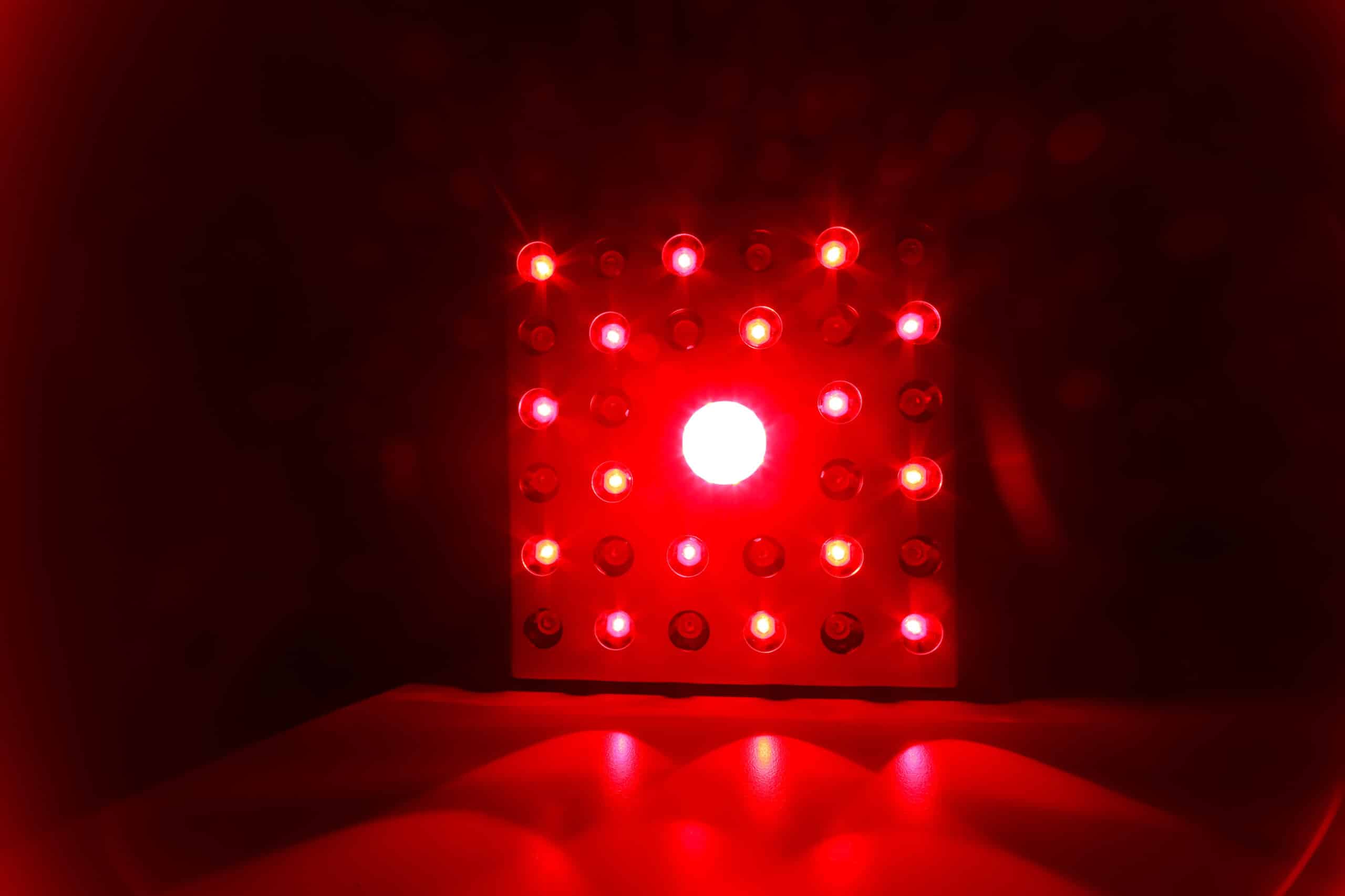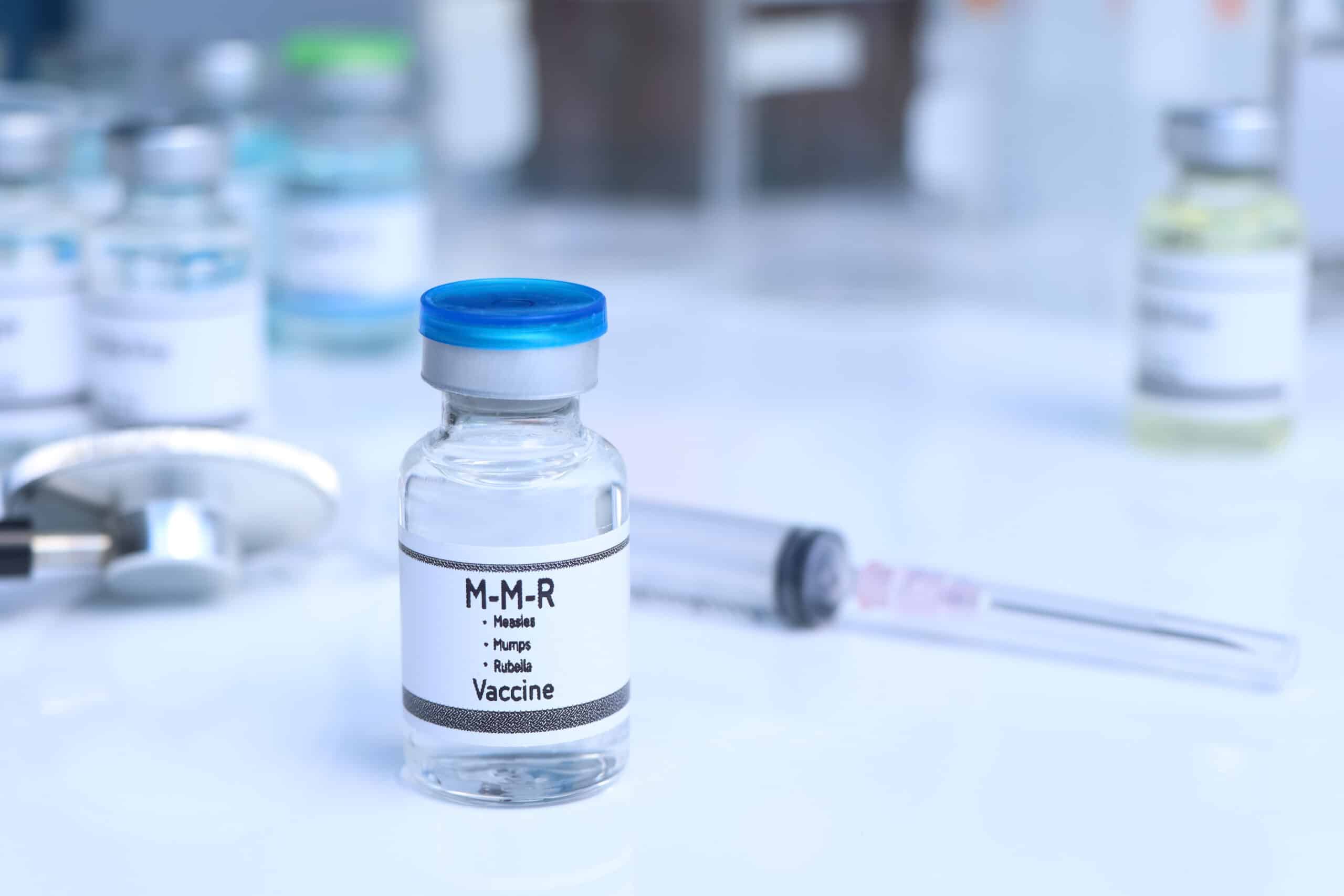If you experience excessive pain and inflammation in your pelvic region, you may wonder, “Do I have endometriosis?” You’re not alone. About 11 percent of women in the U.S. have the disease and manage their symptoms daily. Here is everything you need to know about endometriosis, including how to properly diagnose and treat pain.
What is Endometriosis?
Endometriosis is caused when the inner lining of your uterus (the endometrium) grows outside of the uterus. The lesions are extremely painful throughout the month, not just during menstruation. While it’s not curable, the symptoms are treatable and manageable.
The most common symptoms include:
Pain: Most women experience endometriosis-related pain during their period, during intercourse, and during bowel movements or urination. Pain can be mild to severe. Some women experience no pain at all, so it’s important to watch for other symptoms as well.
Unusual or excessive bleeding: Some women with endometriosis bleed between periods or have excessively heavy periods (menometrorrhagia). Menometrorrhagia is diagnosed when you bleed more than 80 ml (about 16 soaked tampons or pads) in one cycle.
Infertility: Unfortunately, endometriosis can cause infertility. Many women only discover that they have the disease after they try (and fail) to get pregnant.
Other symptoms include nausea, fatigue, constipation, or bloating, especially during your period. As you can see, many of the symptoms of endometriosis are vague and can imitate other things. That’s why it’s so important to see your doctor to get an official diagnosis.
What Causes Endometriosis?
Doctors don’t know exactly what causes endometriosis, but many scientists believe it is caused by “retrograde menstruation.” Retrograde menstruation is when the tissue inside the uterus flows in the wrong direction during your period. Instead of flowing out of the uterus and through the vagina, it travels further into the body via the fallopian tubes.
Other causes include coelomic metaplasia (when normal cells outside of the uterus change into endometrial cells) and an immune system that fails to kill unwanted cells as it should. It may also happen at birth, with endometrial cells just waiting until later in life to fully form outside of the uterus.
Women who have longer than usual periods, shorter than usual cycles (less than 27 days), or a family history of endometriosis are more likely to develop the disease. Women are also at a heightened risk if they got their first period very early (before age 11) or if they have never given birth. High alcohol consumption and low body mass are also positively correlated with endometriosis.
What are the Complications?
Unfortunately, endometriosis can come with complications. The biggest complication is infertility. Between one-third and one-half of women with endometriosis have trouble conceiving or carrying a pregnancy to term.
Pain can also cause complications like depression and anxiety. If you think you are experiencing these or other complications, talk to your doctor or a mental health professional.
How to Diagnose it?
The only way to get an official diagnosis is to see your physician. Here are some common ways doctors diagnose the disease.
An exam: The first way your doctor may try to diagnose endometriosis is with a pelvic exam. This is a manual exam in which your doctor feels your pelvis for cysts outside of your uterus or other reproductive organs. Often, a pelvic exam isn’t enough to get an official diagnosis.
Ultrasound: An ultrasound allows your doctor to see your reproductive organs and visually identify lesions or cysts. Unfortunately, an ultrasound can’t officially tell your doctor what caused the lesions, but it’s a good first step toward getting a diagnosis of endometriosis.
MRI: An MRI creates detailed images of your reproductive organs so your doctor can see specifically where your lesions are located. It’s helpful when planning a laparoscopy surgery to remove cysts and lesions.
How to Treat Endometriosis
There are many different ways to treat endometriosis. Some treatments directly address the pain, while others manage symptoms or (in drastic cases) remove the reproductive organs completely. Over the counter painkillers can decrease the inflammation and pain that are common with the disease. Some doctors will choose to prescribe hormonal birth control to help treat the symptoms. (Birth control can prevent estrogen levels from fluctuating, which can reduce pain during your period.)
More dramatic ways to treat endometriosis include Laparoscopy, Gonadotropin-releasing hormone (GnRh) antagonist (or agonist) medications. A laparoscopy is a minimally invasive surgery to remove lesions. This can be a positive way to reduce endo-related pain. Gonadotropin-releasing hormone (GnRh) antagonist medications block GnRH receptors, causing the body to produce less estrogen (which reduces pain). Gonadotropin-releasing hormone (GnRh) agonist medications stimulate GnRH receptors, causing them to become less sensitive over time and produce less estrogen.
In serious cases, your doctor may opt for a Hysterectomy surgery, in which case the uterus (and sometimes the ovaries) is removed.
If you believe you may have endometriosis, don’t suffer in silence. Make an appointment with your doctor to get a proper diagnose and find treatment options that will work for your specific situation.
For more information about endometriosis or to get treated, please contact Peninsula Doctor today.



